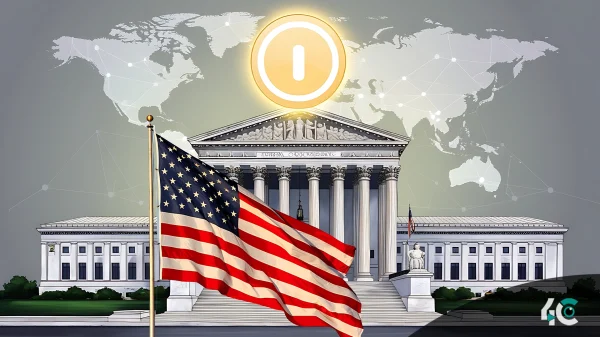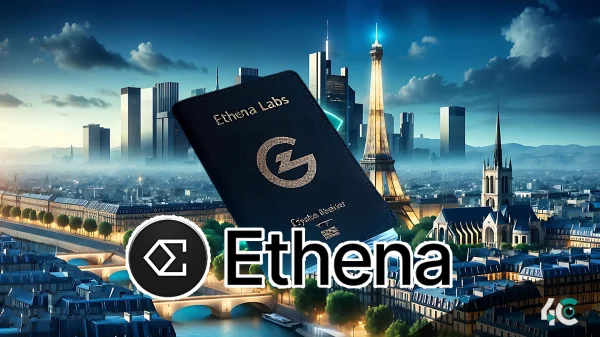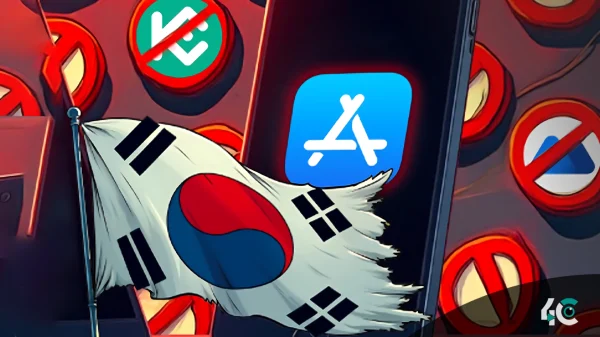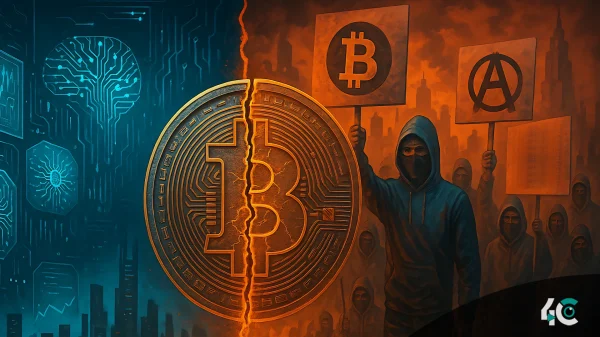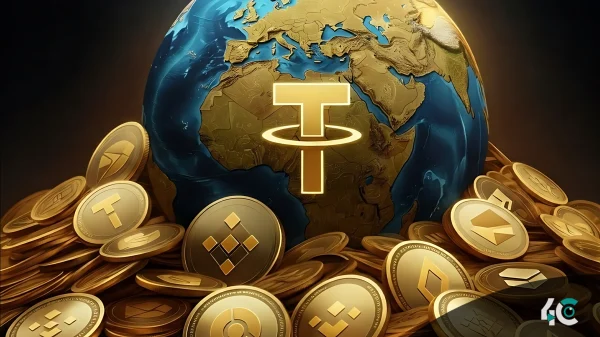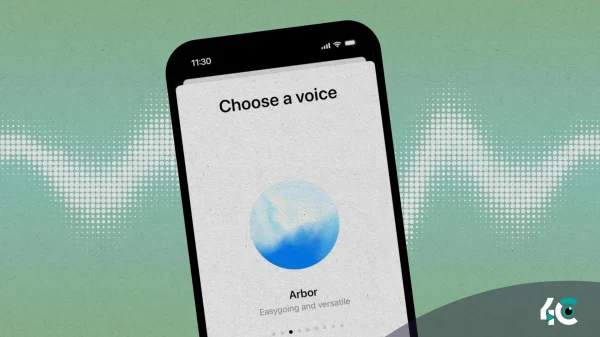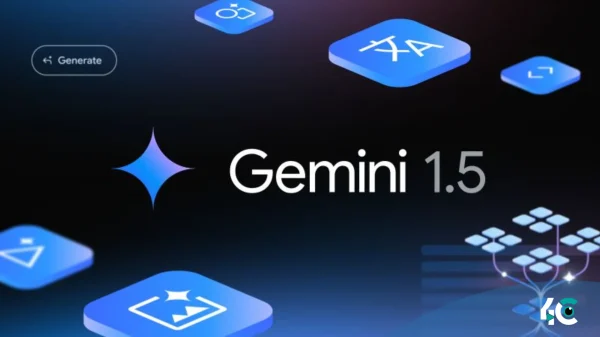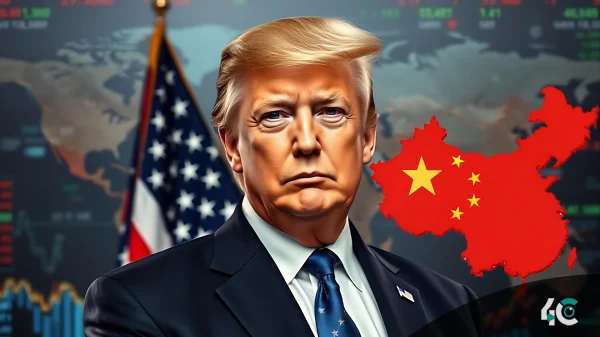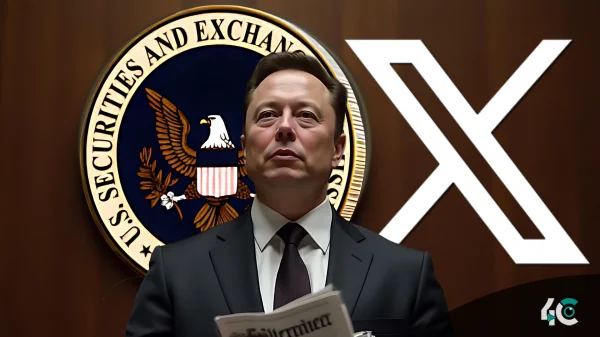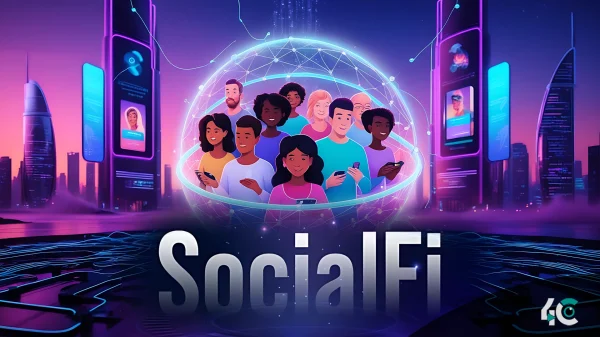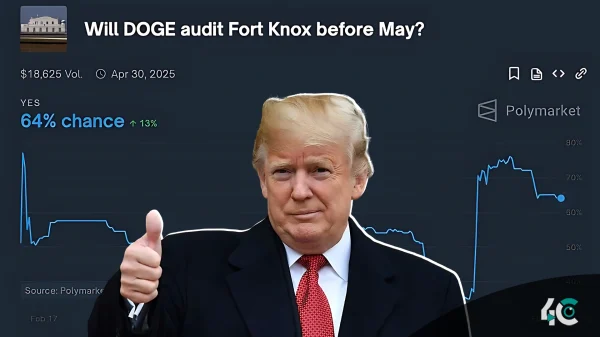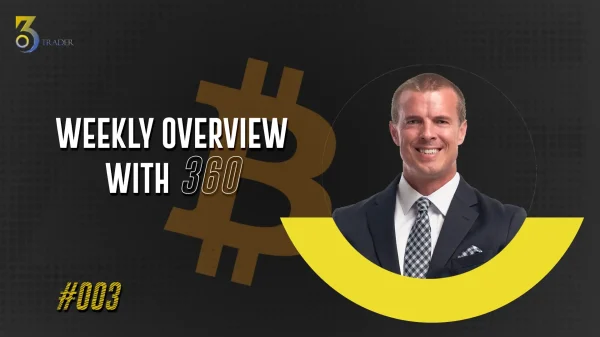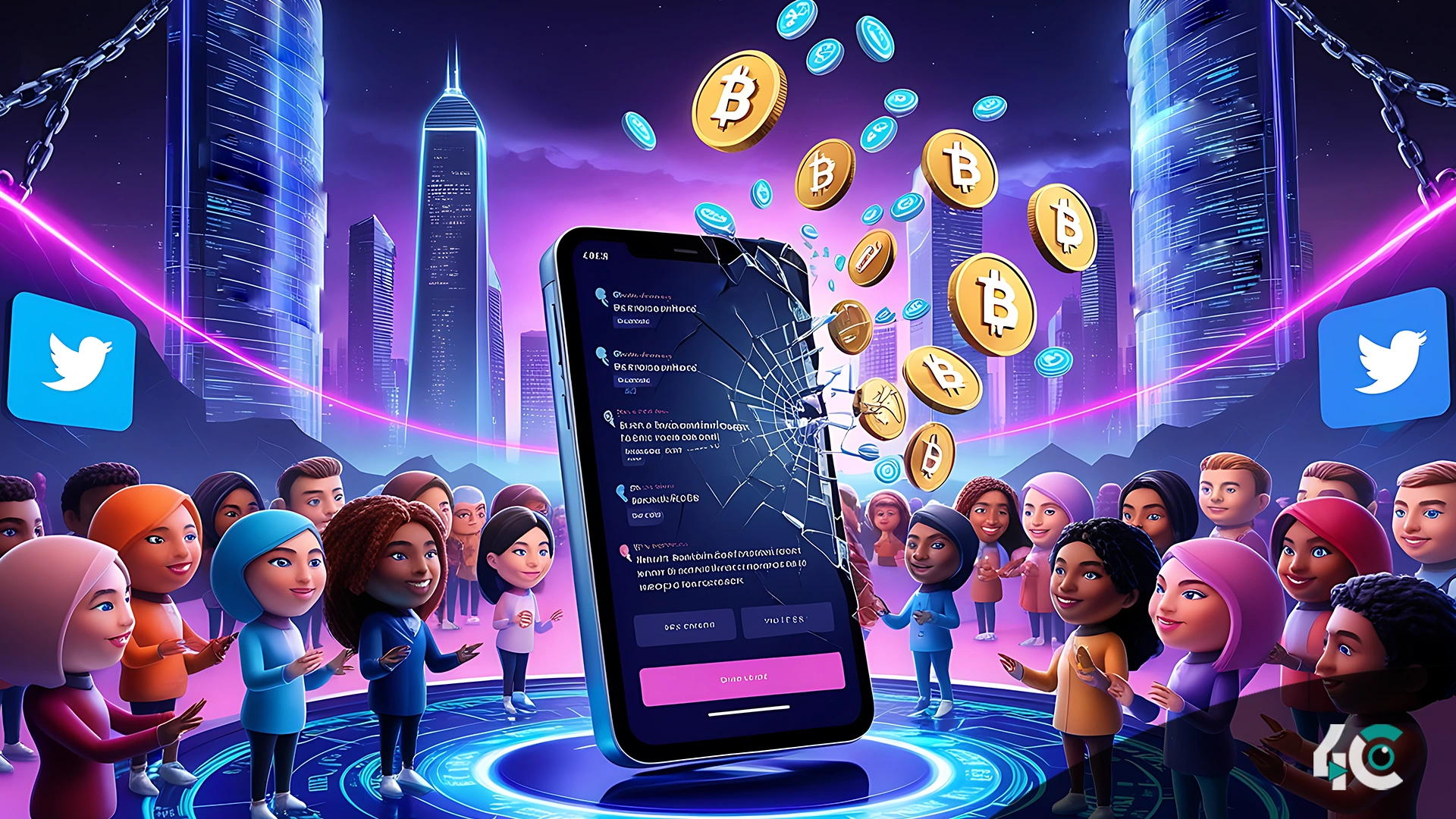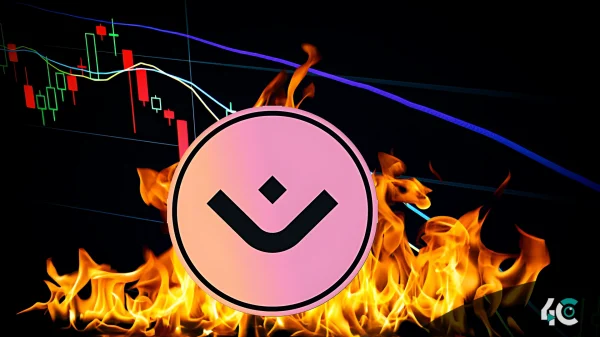The Rise of Crypto Social Networks.
In 2025, decentralized social networks have captured the attention of many tech enthusiasts and early adopters. These platforms use blockchain technology to give people ownership of their content. Creators are rewarded directly via cryptocurrency payments. Community-driven decision-making is possible through tokenized voting systems. Crypto social networks allow individuals to benefit from their use of online services rather than central corporations, promoting a fairer global economy and an Internet of Value.
A blockchain social graph called Lens System enables users to own their profile as non-fungible tokens (NFTs) and take it along to different apps. Likewise, platforms such as Farcaster and DeSo have rolled out options for creators to make money without ads and platform fees.
According to Dr. Emily Chen, a blockchain economist, the issue is about changing the narrative. Users become stakeholders, having real power over how these platforms are run, not products for advertisers.
Addressing Web 2’s Flaws
The attractiveness of crypto social networks is that they do address some of the most obvious failings of Web 2.
Users have full control over their data, and everything they post is stored permanently on the blockchain.
Users will directly earn crypto or tokens by creating on the platforms, and no one/two lay…
Arbitrary bans or shadowbans won’t restrict people’s freedom of speech since they can’t ban or shadowban users.
The new tech pleases young people who don’t like how Web companies share their data or let people see things they might not like.
Digital rights expert James Carter stated that people are tired of sacrificing their privacy for free stuff. “Crypto social networks provide a different vision in which users are not just consumers, but participants.
There are challenges to adoption
The road to mass adoption for crypto social networks faces major challenges. One major obstacle is usability. Many platforms have complex processes for users, such as setting up crypto wallets, managing private keys, and understanding token economics, which can scare away even those who are tech-savvy.
Additionally, scalability remains a concern. Blockchain networks frequently encounter difficulties in efficiently managing substantial volumes of transactions, resulting in sluggish operation. For instance, poor underbelly optimization can cause delays and/or incur costs for a normal post or a like.
Another struggle is competition from established Web 2 behemoths. Meta and TikTok platforms are better in ways, as their users are at a maximum, designs and users are better, and they are integrated better in life. Getting billions of users to switch to unfamiliar alternative platforms will require altering habits and leveraging network effects.
“Web2 Giants Won’t Go Down Without A’ Fight”—Blockchain Strategist Sarah Lin They are already testing out NFTs and creator coins to keep up on Web3.
Regulatory Uncertainty
Regulatory scrutiny adds another layer of complexity. Governments worldwide are still grappling with how to regulate the decentralized world. Compliance, taxation, liability, and others are all issues. For instance, can we hold crypto social networks, not traditional intermediaries, accountable for illegal content? How do regulators ensure transparency while respecting the principle of decentralization?
These unknowns could subject developers and users to risks that would hamper tender space innovation and growth.
Early Success Stories.
Despite problems, some crypto social networks have had significant success. In 2025, Lenster, a dapp on the Lens Protocol, reached well over 1 million active users, thanks to the onboarding process and rewards for initial users. Likewise, a project by ex-Twitter CEO Jack Dorsey, called Bluesky, also gained traction after merging decentralized architecture with the familiar functionalities of social media.
Marcus Reed, founder of a Web3 analytics firm, stated that there was a demand for these substitute platforms. However, it will take time to scale beyond niche communities.
Can They Replace Web2 Giants?
Might crypto social networks have the potential to surpass Meta and Google in Web3? The answer depends on several factors.
To boost popularity among non-techies, user experience must allow for simplified interaction and lowered barriers.
Improvements in blockchain-related technologies like layer-two protocols and sharding must solve existing limitations.
To encourage long-lasting interest and support, there must be the creation of vibrant communities.
Ultimately, the transition may not be binary. We may see some people who like the Web 2.0 stuff use it mainly, while others jump into Web 3.0.
Dr. Chen noted that crypto social networks are revolutionary. The emergence of these platforms can give rise to two possibilities: a complete replacement of a Web2 giant with cryptocurrency offerings or a hybrid future with Web2 and Web3.
The battle for the future of social media could lead to the demise of centralized control. How this finally plays out will determine how humanity connects, creates, and communicates in the years to come.






